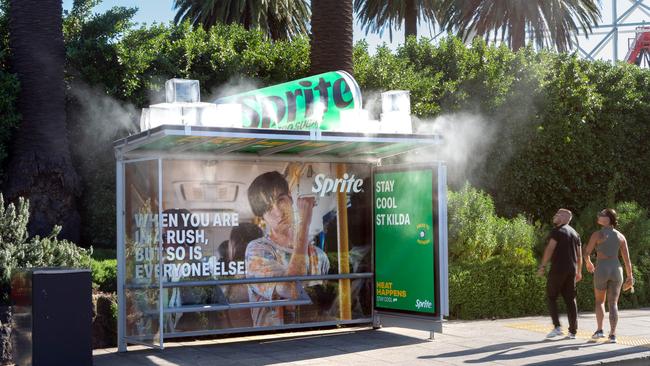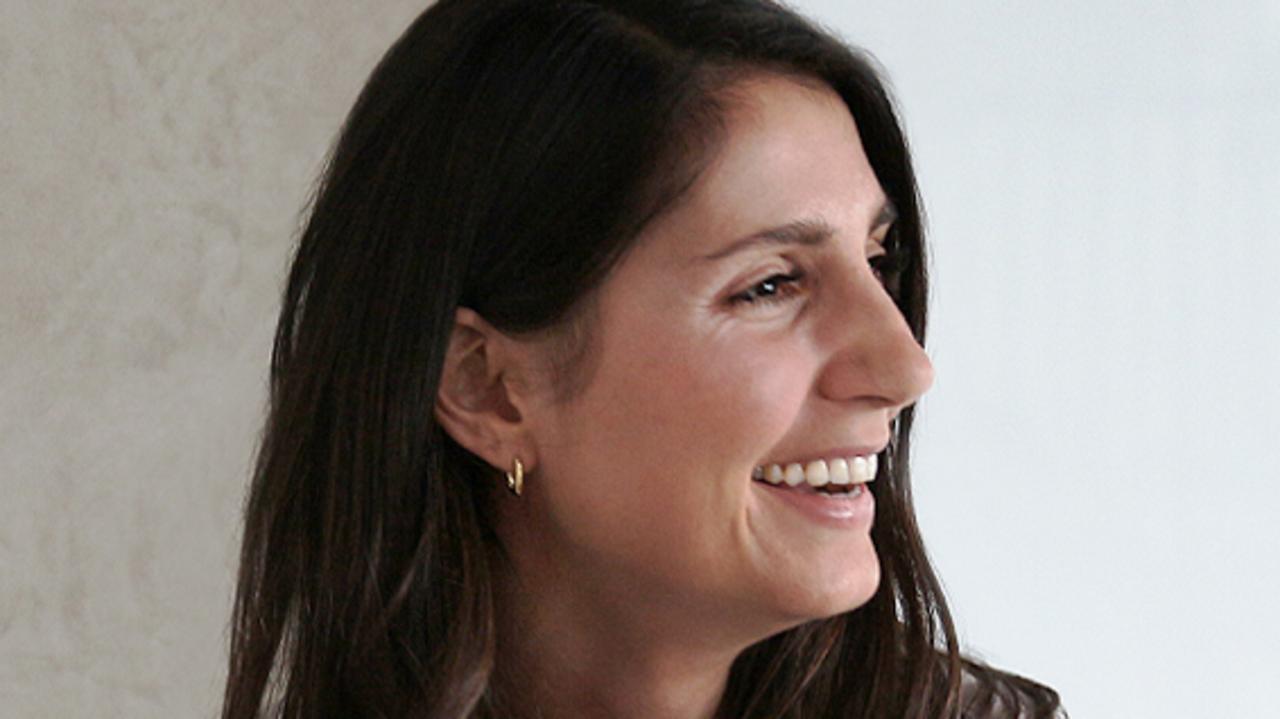Creative vision: JC Decaux’s big plans to supercharge out-of-home
Out-of-home has become the fastest-growing media channel, but in a challenging advertising market, can it maintain its growth trajectory? JC Decaux’s newly appointed CEOs believe creative effectiveness is a critical element for future growth.

JC Decaux’s co-CEOs believe a renewed focus on creative effectiveness could help unlock growth for the local arm of the French-owned out-of-home business.
The former chief commercial officer Max Eburne and former chief financial officer David Watkins, who replaced long-serving CEO Steve O’Connor at the start of the year, believe creativity is a “critical” element to improve the overall effectiveness of JC Decaux’s OOH products, which include street furniture, billboards and rail and airport ad formats.
The out-of-home sector accounts for close to 7 per cent of total advertising spend, driven by the shift of linear TV budgets to outdoor, programmatic buying and the digitisation of the sector, where three in every four dollars is spent on digital. While it is now the fastest-growing media channel, reporting 8 per cent growth last year, the co-CEOs believe a shift is required to maintain its trajectory.

“If we continue just building billboards and digitising, we’ll stay in the single digits,” said Mr Watkins. “The question is how do we get more than our share? We’ve got to do something different to help drive that growth and position the business for growth.
“We’re not thinking about a strategy that runs for 24 months, we’ve got a strategy for the next five to 10 years.”
A key part of the strategy is the company’s exclusive partnership with creative effectiveness platform System1. The deal will leverage System1 analysis to identify the areas of improvement and enable marketers to better understand the impact of OOH work.
“We know that it’s the creative that drives the outcome,” said Mr Eburne. “It’s one thing to get the right message in the right place, but it’s the creative which is going to have the biggest impact on memorability and outcome at the end, and this has been an area that we’ve not focused on enough, and maybe under-invested in.”
System1 has analysed 87 local campaigns and found that half of all out-of-home exposures result in no brand recognition, and of the campaigns that do produce brand recognition, only half drive enough emotional engagement to change behaviour. However, when out-of-home advertising does create a strong emotional connection the commercial impact doubles.

“System1 seems to be doing a very good job of establishing themselves as the currency with a lot of advertisers to help them understand long term sales effects, brand saliency, if they’re ads, short term potential sales effects of creative messages, etc. So what we’re moving towards is trying to have, for the first time, almost concrete evidence of what genuinely works from a creative perspective, in out-of-home,” said Mr Eburne.
The “critical” pillar of creative effectiveness will be supported by an increased focus on both planning and campaign effectiveness, as Mr Eburne and Mr Watkins aim to ensure it delivers the “most effective product”.
JCDecaux will work directly with agencies and marketers to share data and research findings to ensure more effective campaign planning and outcomes.
“It really is the old advertising cliche about trying to get the right message in front of the right people at the right time,” said Mr Eburne.
“We’re working on building the right assets, getting the brand message in the right place, and with the right creative. And if you get all of that right, that’s what’s really going to lead to the memorability and the outcomes.
“As we move towards a more outcomes-based media landscape, brands need to be remembered, to be acted upon and we need to understand what the outcomes are that they’re driving. Now that out-of-home is now quite often a staple within (a brand’s) mixed media schedule, we want to help them use it more effectively.”

It comes as the industry prepares for the long-awaited Move 2.0 measurement system and the rise of mixed media modelling (MMM) to predict media channel effectiveness, all of which the duo believe will help to provide more transparency for the sector.
“The increased desire to interrogate MMM data would have made the old (JC Decaux) nervous, because in times gone by there was an assumption that everyone had seen stuff on TV, and there was a misattribution away from out-of-home to TV. However, now that agencies and brands are really interrogating that data in more sophisticated ways, they’re able to understand and isolate performance activity across multiple channels and how that’s influencing outcomes. And with the ability to isolate brand activity to media channels as well, that can only play out in a positive fashion for out-of-home being a brand channel.”
JC Decaux is also working with Scope3 to measure emissions across its inventory – both digital and classic – to ensure brands and agencies can obtain results to comply with mandatory climate reporting. The business has also created ad packages based around carbon emissions, including elements such as time of day, electricity grid usage and audience numbers, to provide advertisers with carbon-efficient solutions.
The duo are bullish about the sector’s potential to hit the much-lauded 10 per cent share of ad spend goal.
“There’s a realistic opportunity for out-of-home to continue to grow. But we want this to be sustainable growth over a long period of time. With Move 2.0 and the growing awareness and capability of out-of-home, I think that double double-digit growth is realistic and can be sustained over a long period of time,” said Mr Eburne.


